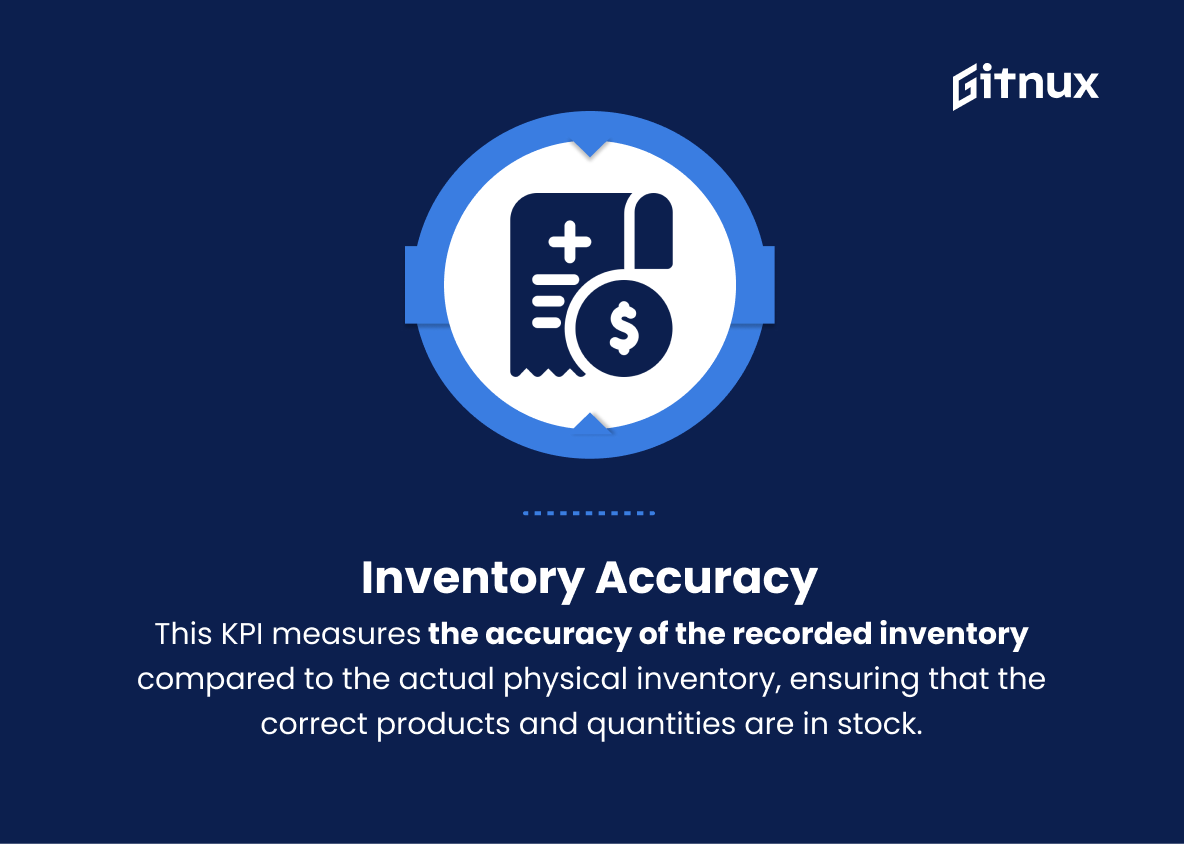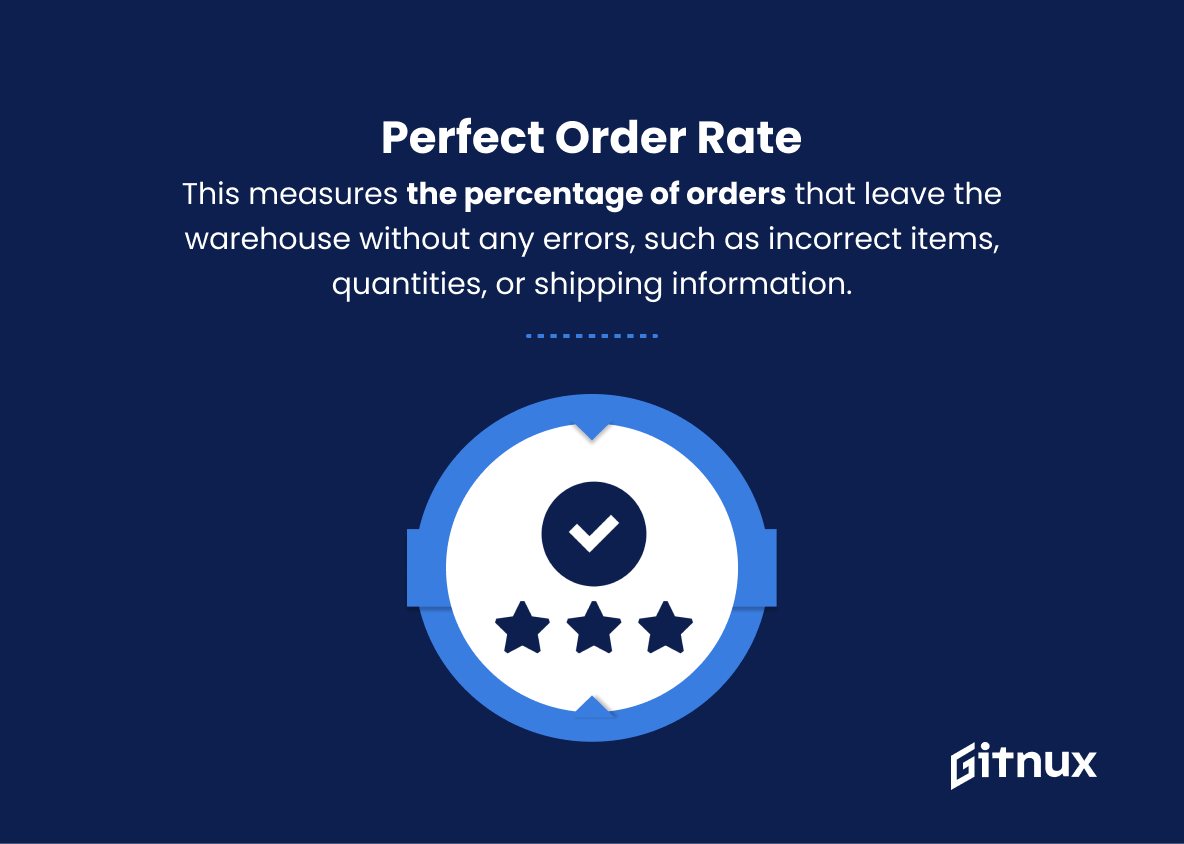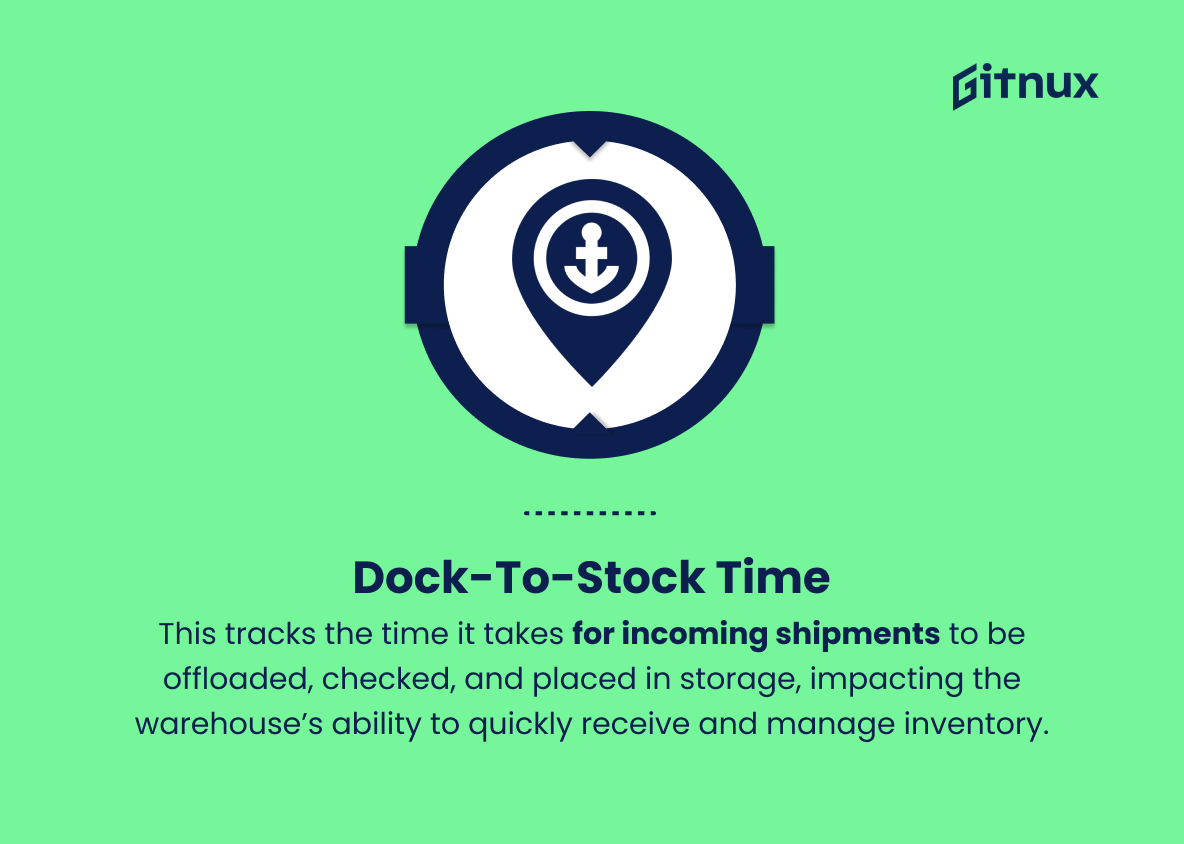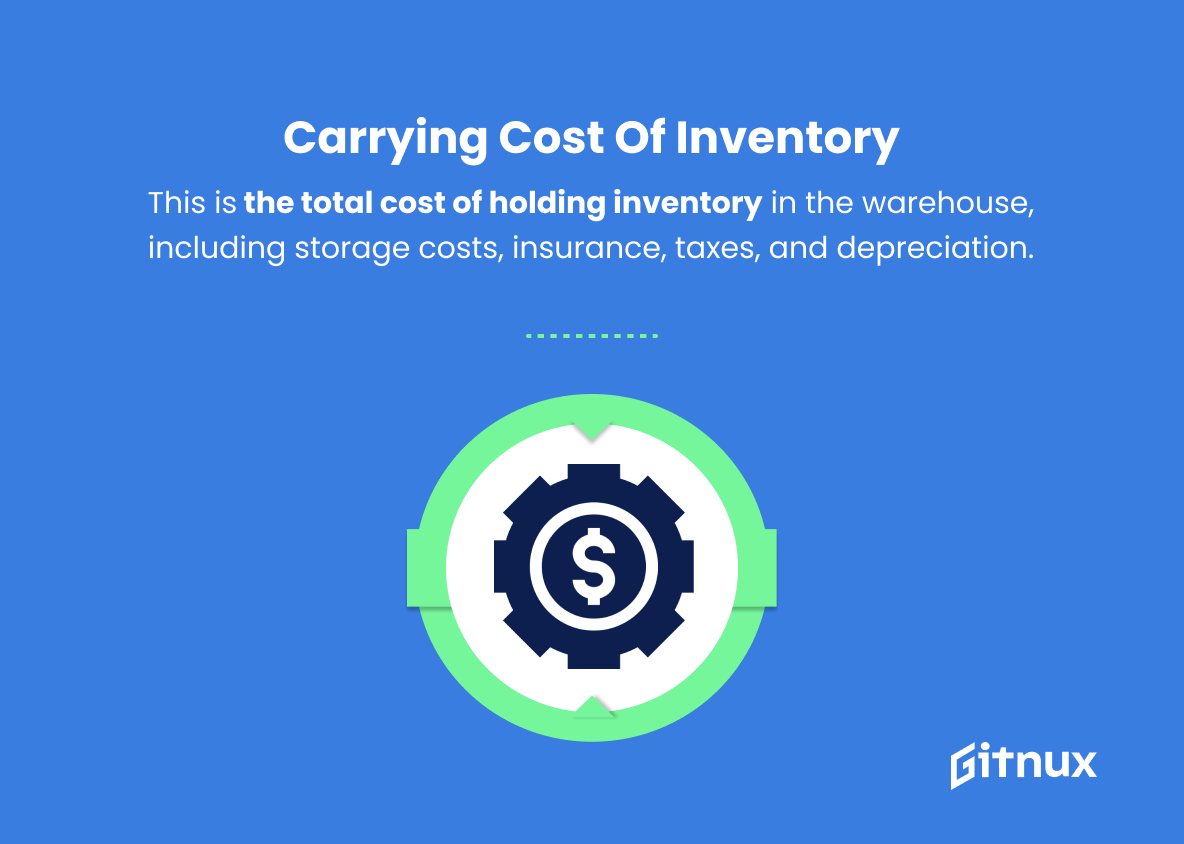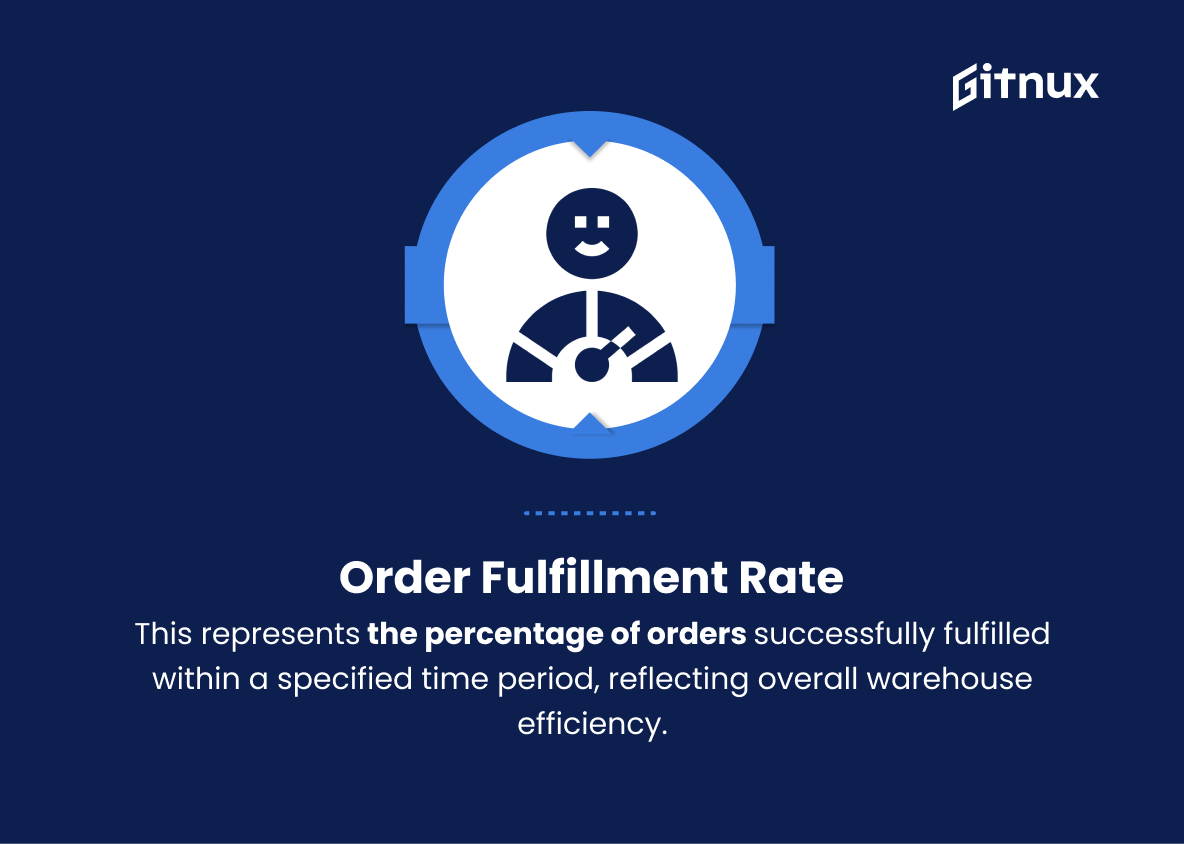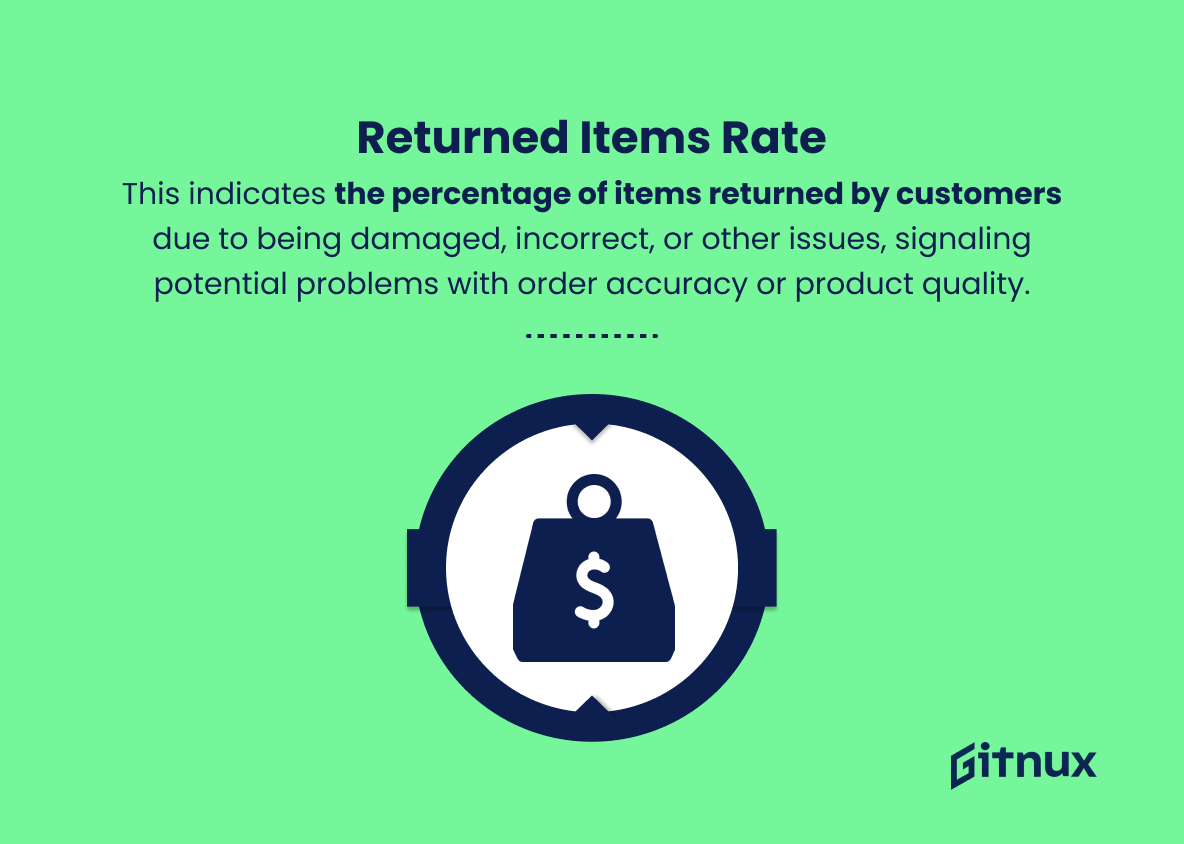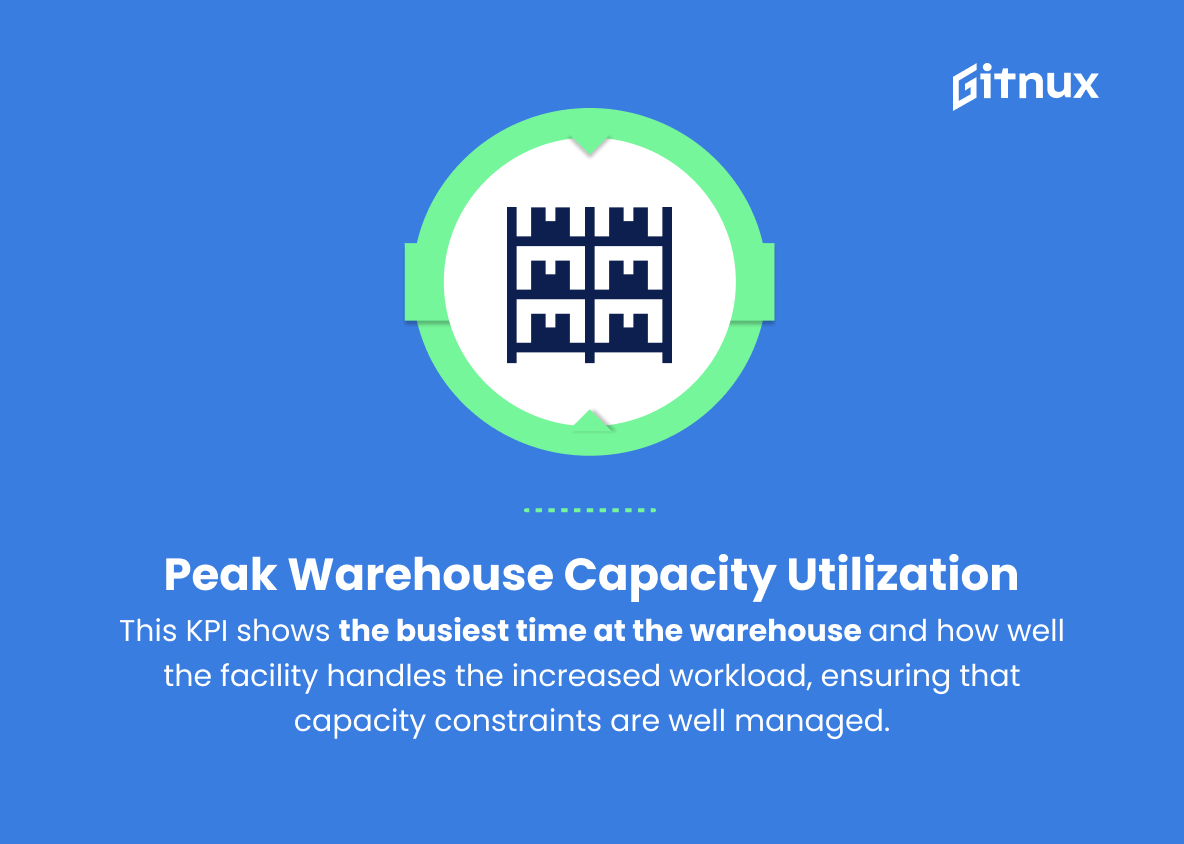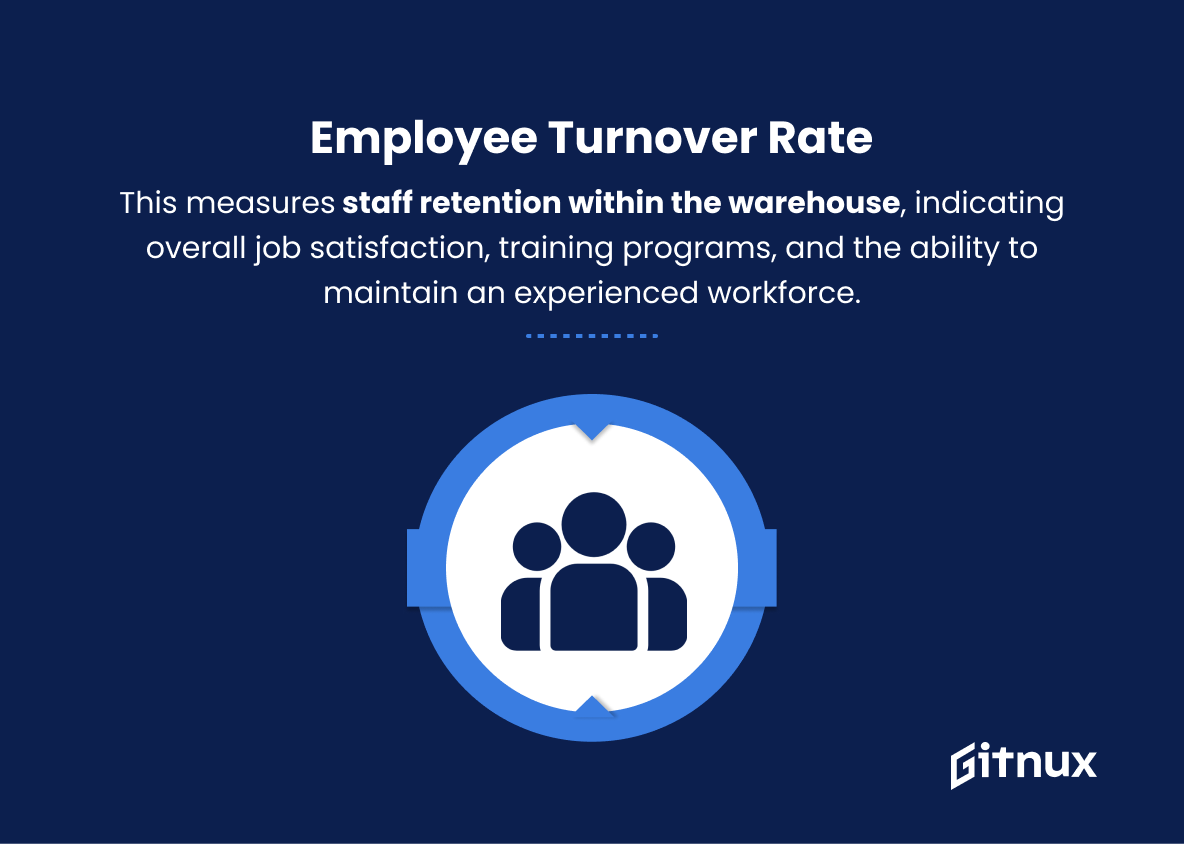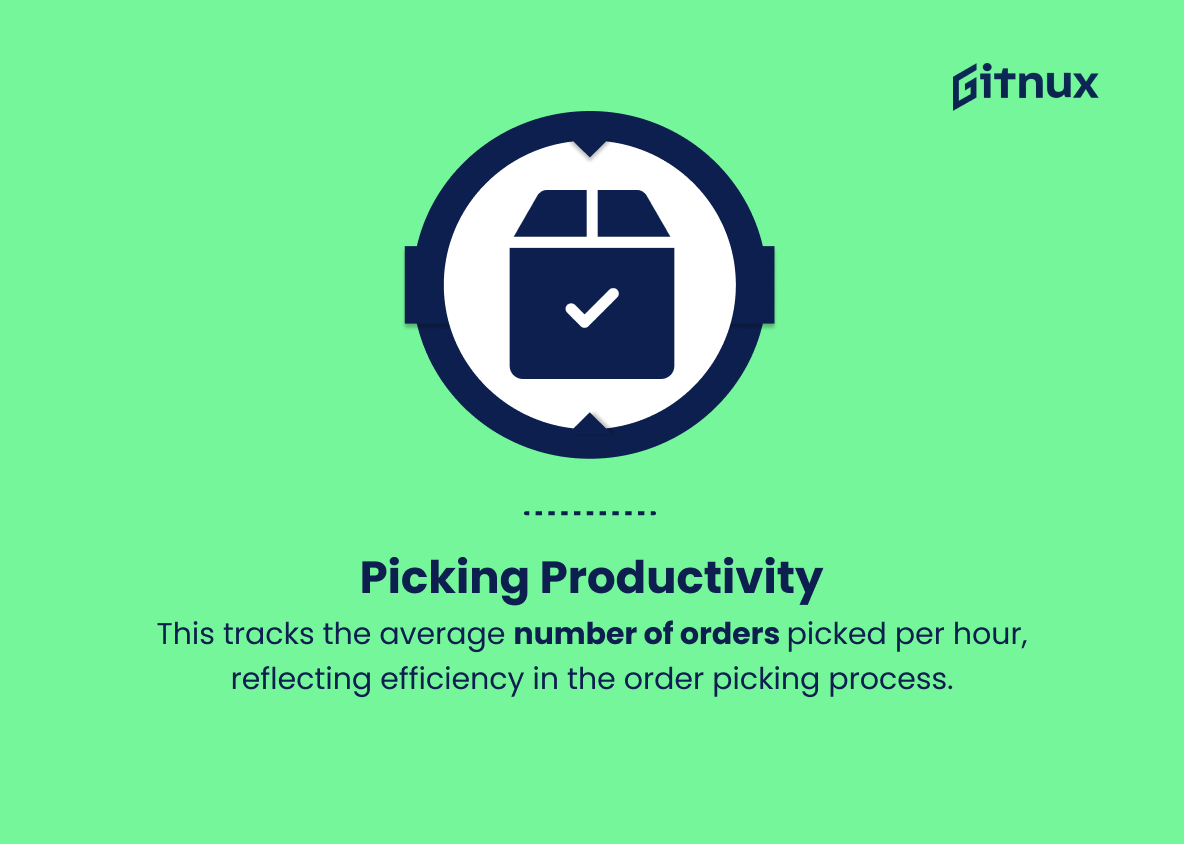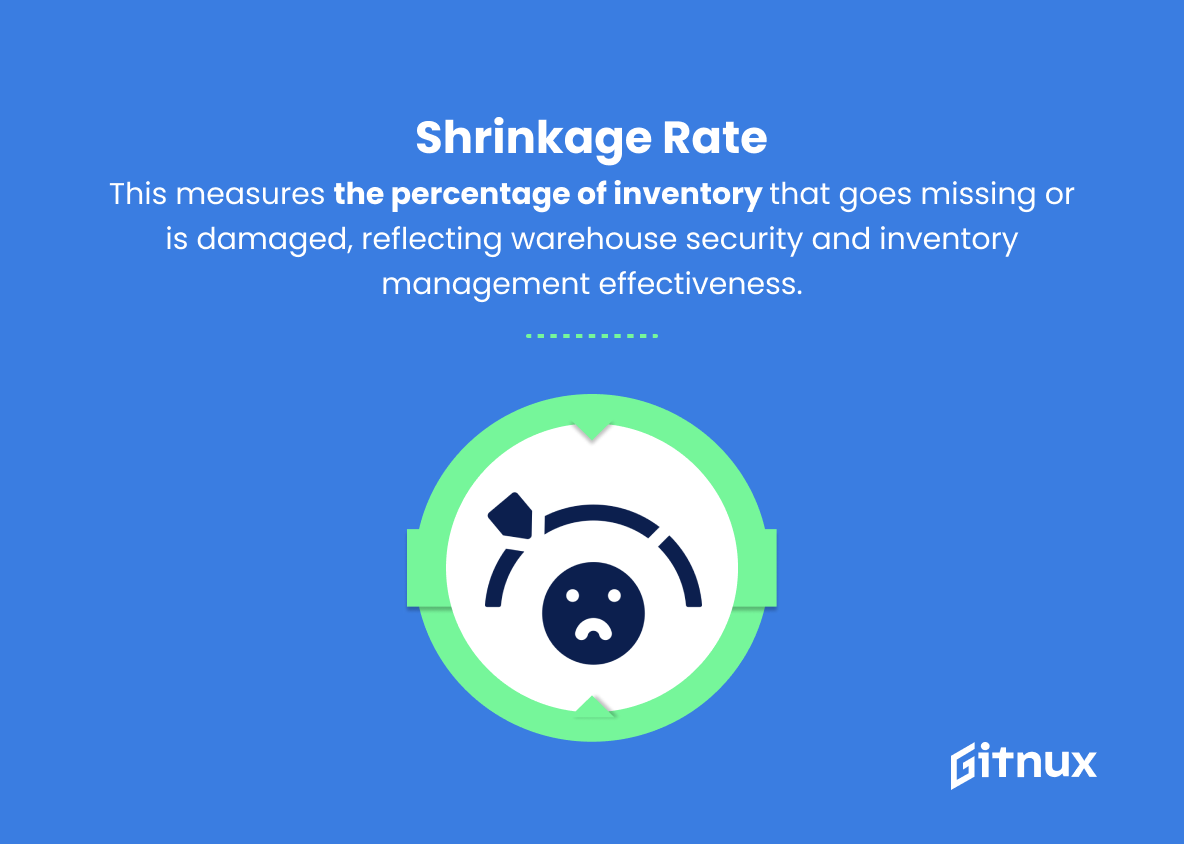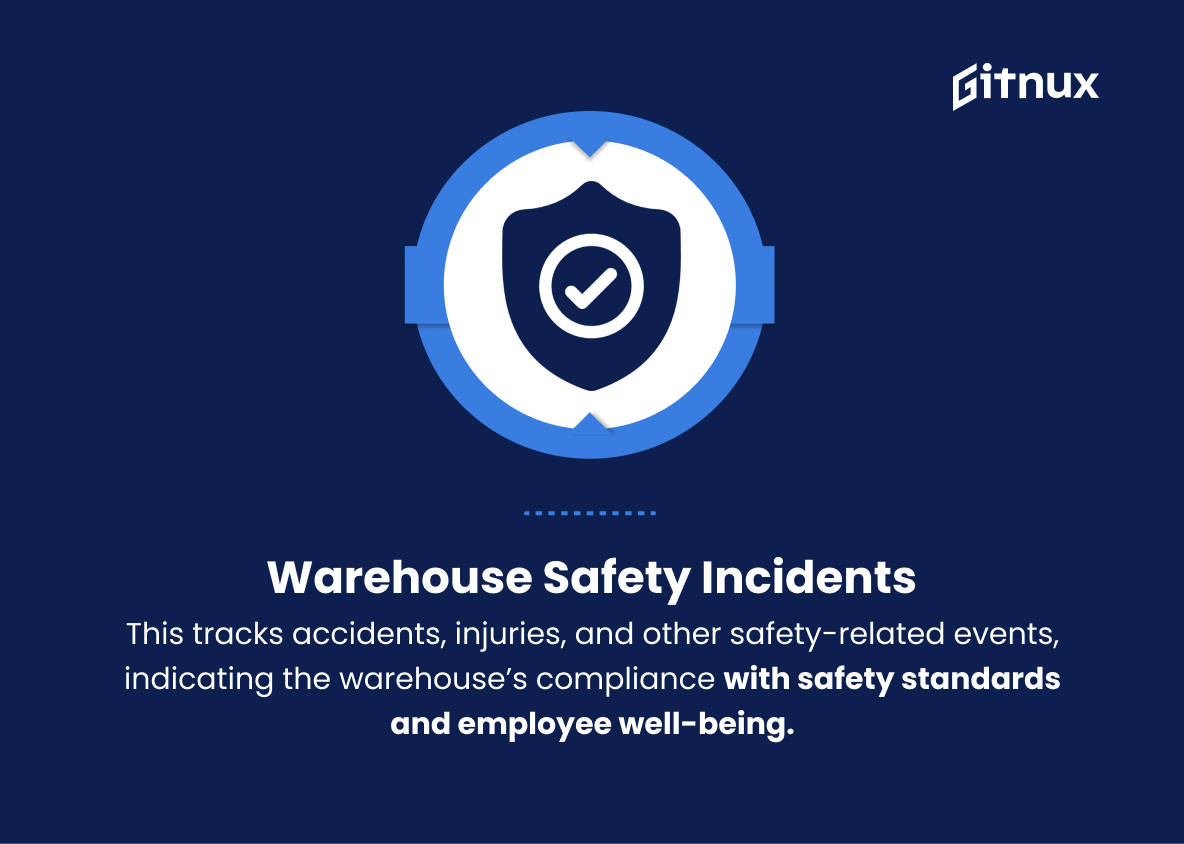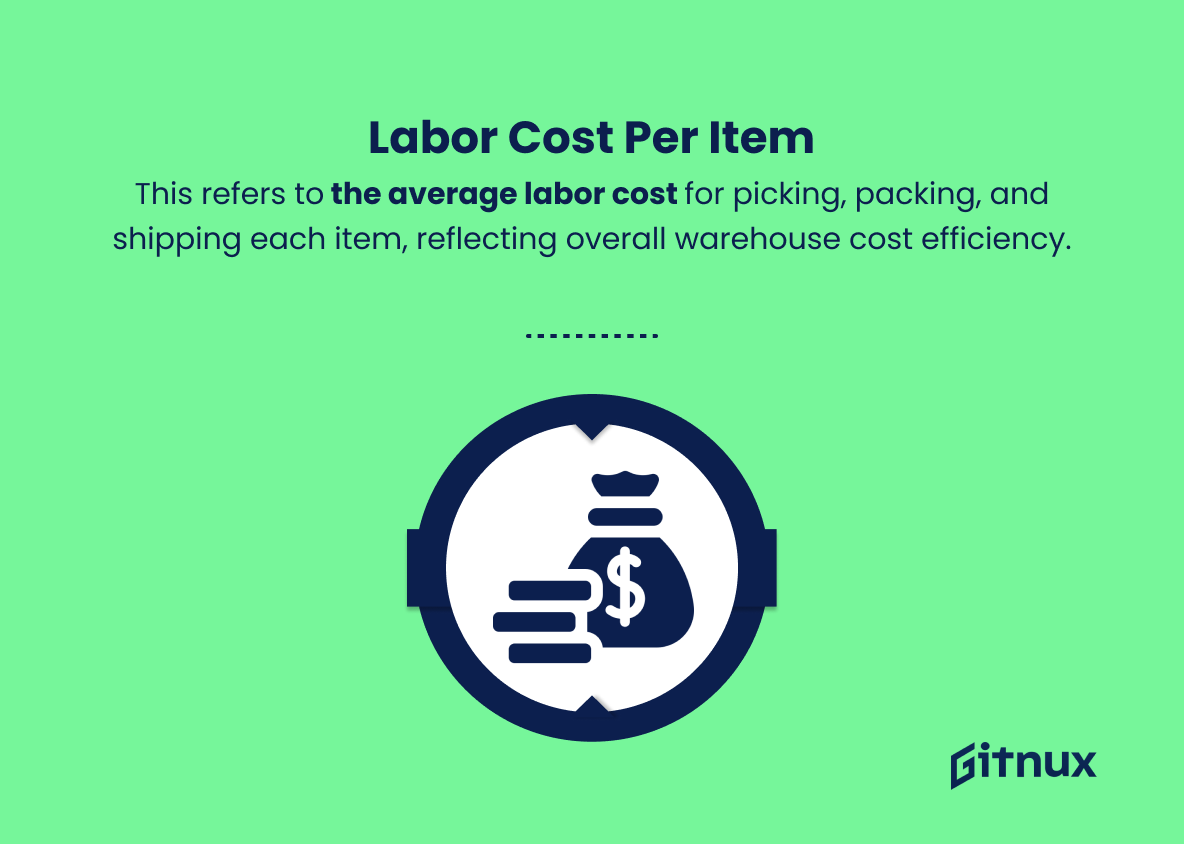In today’s highly competitive business landscape, efficiency is the driving force behind a successful organization. Warehouse operations, being a critical component of the supply chain, require constant monitoring and optimization to ensure that the logistical process runs seamlessly. Implementing and tracking Key Performance Indicators (KPIs) is a crucial step towards enhancing warehouse performance, cutting unnecessary costs, and maximizing profitability.
In this in-depth blog post, we will delve into the world of warehouse KPIs, exploring their significance, the various types you should consider, and best practices for selecting and monitoring these indicators. By the end, you will be equipped with valuable knowledge, empowering you to streamline your warehouse operations and boost your organization’s bottom line.
Warehouse KPIs You Should Know
1. Inventory accuracy
This KPI measures the accuracy of the recorded inventory compared to the actual physical inventory, ensuring that the correct products and quantities are in stock.
2. Order picking accuracy
This measures the percentage of orders picked with the correct products and quantities, ensuring that customers receive what they ordered.
Dock-to-stock time tracks the time it takes for incoming shipments to be offloaded, checked, and placed in storage, impacting the warehouse’s ability to quickly receive and manage inventory.3. Order cycle time
This refers to the time it takes from receiving an order to shipping it out, which impacts customer satisfaction and the ability to guarantee fast delivery times.
4. Perfect order rate
This measures the percentage of orders that leave the warehouse without any errors, such as incorrect items, quantities, or shipping information.
5. Dock-to-stock time
This tracks the time it takes for incoming shipments to be offloaded, checked, and placed in storage, impacting the warehouse’s ability to quickly receive and manage inventory.
6. Carrying cost of inventory
This is the total cost of holding inventory in the warehouse, including storage costs, insurance, taxes, and depreciation.
7. Order fulfillment rate
This represents the percentage of orders successfully fulfilled within a specified time period, reflecting overall warehouse efficiency.
8. Returned items rate
This indicates the percentage of items returned by customers due to being damaged, incorrect, or other issues, signaling potential problems with order accuracy or product quality.
9. Peak warehouse capacity utilization
This KPI shows the busiest time at the warehouse and how well the facility handles the increased workload, ensuring that capacity constraints are well managed.
10. Employee turnover rate
This measures staff retention within the warehouse, indicating overall job satisfaction, training programs, and the ability to maintain an experienced workforce.
11. Picking productivity
This tracks the average number of orders picked per hour, reflecting efficiency in the order picking process.
Labor cost per item refers to the average labor cost for picking, packing, and shipping each item, reflecting overall warehouse cost efficiency.12. Shrinkage rate
This measures the percentage of inventory that goes missing or is damaged, reflecting warehouse security and inventory management effectiveness.
13. Warehouse safety incidents
This tracks accidents, injuries, and other safety-related events, indicating the warehouse’s compliance with safety standards and employee well-being.
14. Labor cost per item
This refers to the average labor cost for picking, packing, and shipping each item, reflecting overall warehouse cost efficiency.
15. Throughput
This measures the amount of product that moves through the warehouse within a specified time period, indicating overall effectiveness in managing and processing inventory.
Warehouse KPIs Explained
Warehouse KPIs are vital in measuring and optimizing warehouse operations to ensure efficiency, accuracy, and customer satisfaction. Inventory accuracy ensures that the correct products and quantities are in stock, while order picking accuracy ensures customers receive their correct orders. Order cycle time impacts customer satisfaction by guaranteeing fast delivery times, and the perfect order rate measures error-free orders.
Dock-to-stock time pertains to how quickly inventory is managed, while carrying cost of inventory and labor cost per item reflect cost efficiency. Order fulfillment rate indicates overall warehouse efficiency, and the returned items rate signals potential issues with order accuracy or product quality. Peak warehouse capacity utilization shows how well the warehouse handles increased workloads, and employee turnover rate measures staff retention and job satisfaction.
Picking productivity highlights the efficiency of the order picking process, while shrinkage rate represents warehouse security and inventory management effectiveness. Warehouse safety incidents showcase compliance with safety standards, and throughput measures overall effectiveness in inventory management and processing.
Conclusion
In summary, understanding and implementing warehouse KPIs is critical to the success and growth of any business with a supply chain operation. By monitoring the right KPIs, businesses can optimize warehouse efficiencies, reduce costs, and improve overall customer satisfaction.
It is essential for companies to regularly review their KPIs, adjusting them as needed to support their business strategies and evolving market conditions. By making data-driven decisions, businesses will be well-positioned to stay ahead in today’s highly competitive marketplace and maintain a thriving warehouse operation.
